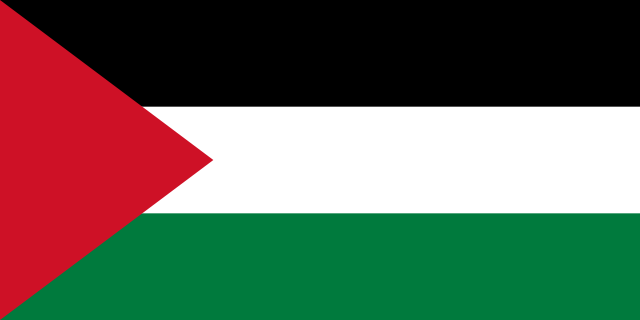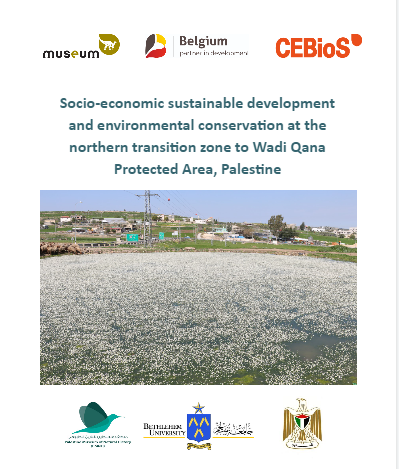Socio-economic sustainable development and environmental conservation at the northern transition zone to Wadi Qana Protected Area, Palestine
This project focused on:
- The study of the ecosystems in the northern transition zone of Wadi Qana protected area including on looking for temporary rainfall ponds and studying the only currently known location of the Syrian spadefoot toad.
- Develop a management plan that integrates population of Jinsafut and Al-Faruq with transition zone ecosystems (such as Jinsafut temporary pond with the endangered toad) and with the valley below (Wadi Qana).
- Develop a management plan and recommendations that foster environmental education and conservation.
Despite our efforts to locate other similar ecosystems, the Syrian spadefoot toad (Pelobates syriacus), which is already extirpated in Jordan, was found nowhere else in the West Bank except in the Jinsafut pond. We report on the pond’s changes through the seasons and our studies of its flora and fauna. We managed to raise the tadpoles ex-situ and return them successfully. The Pond Water-crowfoot (Ranunculus peltatus) starts to grow in late January and early February then declines. The duckweed (Lemna minor) also grows in the pond but stays a bit longer. We did a SWOT analysis for this pond focusing on conservation. Strengths include its uniqueness and local interest; weaknesses include previous neglect; threats include Israeli colonial activities and Palestinian human activities; opportunities are high in research potential, ecotourism, and simple remedial measures that can help protect the site.
See Full report

